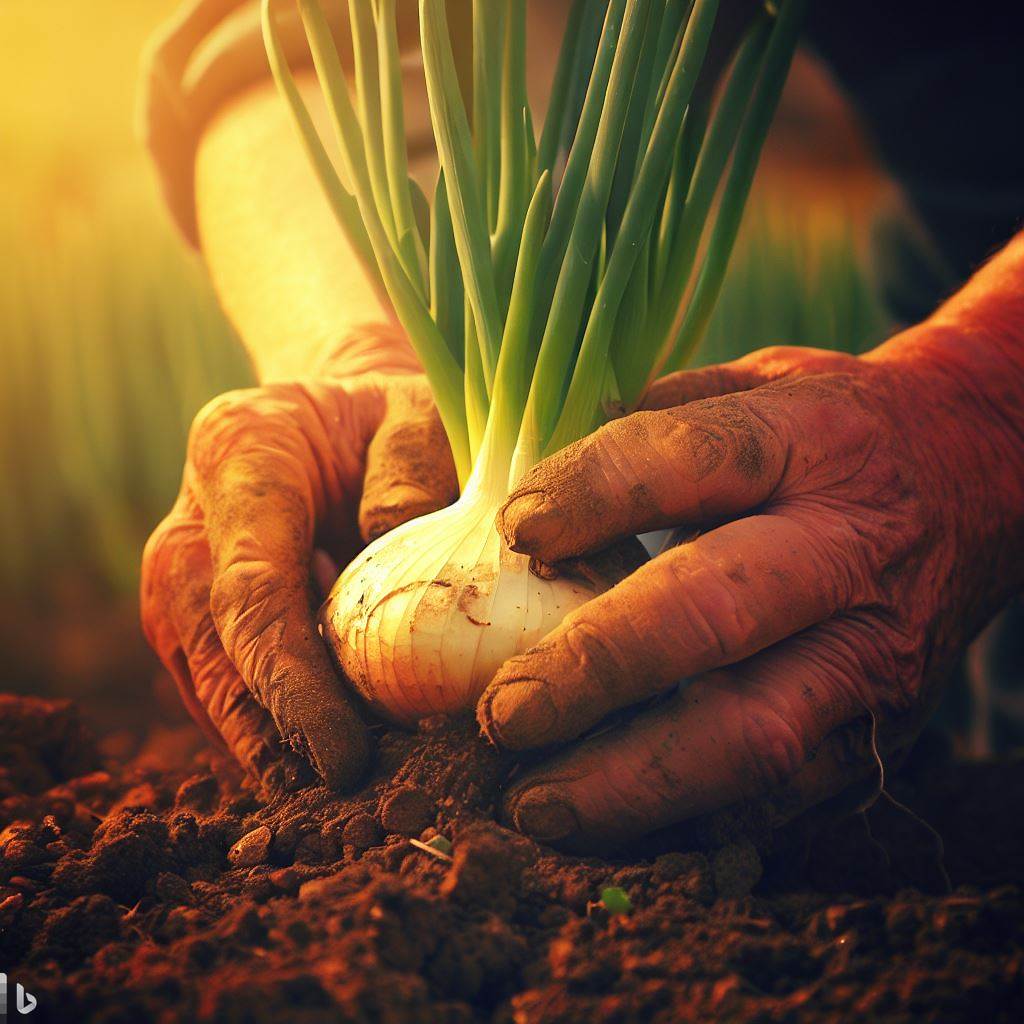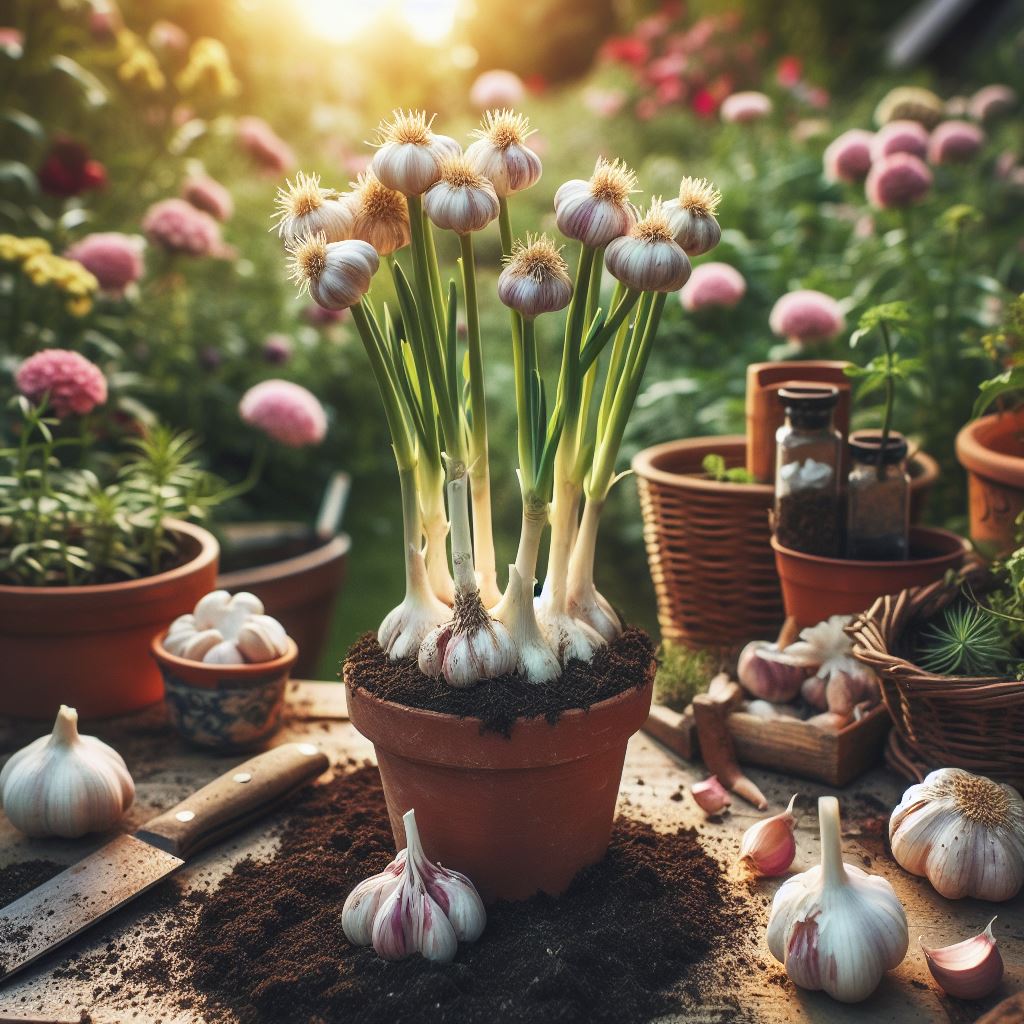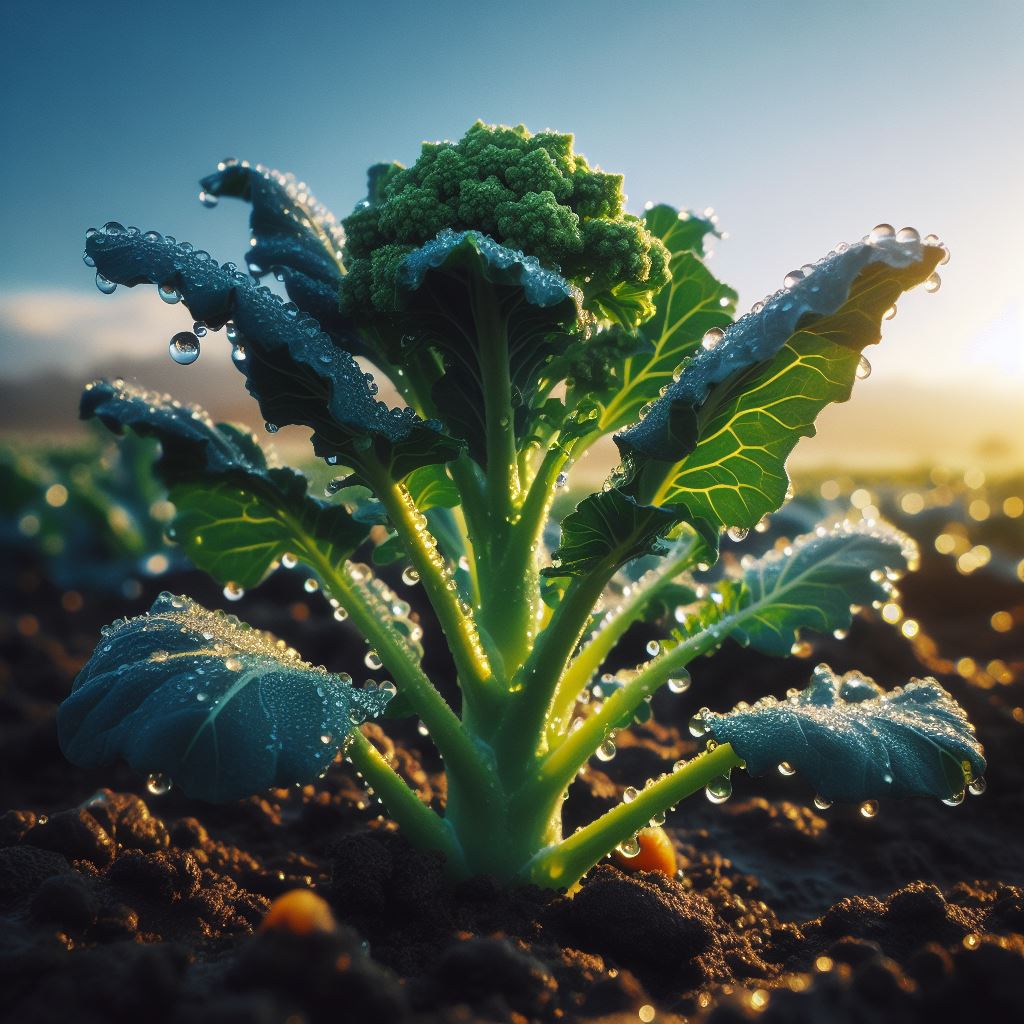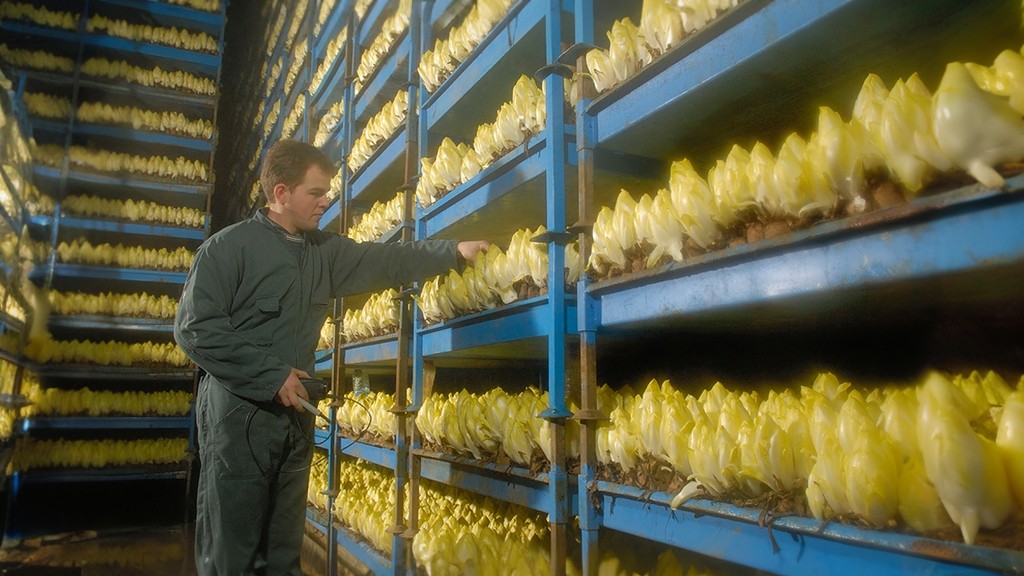Planting Onions
Onions are a staple in every kitchen. Whether you’re an experienced gardener or a beginner, this article will provide you with everything you need to know about planting onions successfully.
What Are Onions And Why Should You Grow Them?
What are onions?
Onions are a vegetable that has been cultivated for centuries. A member of the allium family, which also includes garlic, chives, and shallots. Onions come in a variety of colors, shapes, and sizes, from white and yellow to red and purple. They have a pungent flavor and aroma that makes them a favorite ingredient in many dishes.

What are the benefits of growing your own onions?
Growing your own onions has many benefits. For starters, you’ll know exactly what goes into them. You can avoid using pesticides and chemicals, and you can ensure that they are grown in a healthy and sustainable way. Additionally, home-grown onions taste fresher and more flavorful than store-bought onions, and they can save you money in the long run.
What are the different types of onions?
There are many different types of onions, each with its own flavor, texture, and color. The most common types are:
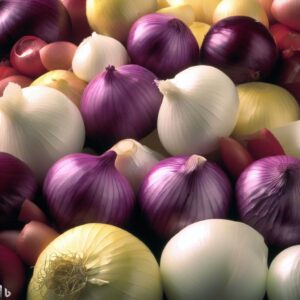
Yellow onions:
Yellow onions have a pungent flavor and are a staple in cooking.
White onions:
White onions have a milder flavor than yellow onions and are often used in Mexican cuisine.
Red onions:
Red onions are sweeter than other onions and have a beautiful purple color.
Shallots:
Shallots are small onions with a mild, sweet flavor, often used in French cuisine.
The Best Time To Plant Onions
When to plant onions?
Onions can be planted in spring or fall depending on the weather. In general, spring planting is best for warmer regions, while fall planting is better for cooler regions. The ideal temperature for planting onions is between 45 and 75 degrees Fahrenheit.
Where to plant onions?
Onions prefer full sun and well-drained soil. They can grow in almost any type of soil, but they do best in soil with a pH between 6.0 and 7.0. Avoid planting onions where other alliums have been grown in the past, as they are prone to soil-borne diseases.
Preparing The Soil For Onions
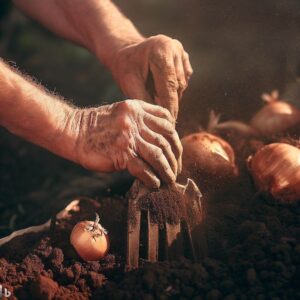
Choosing the right soil for onions
The ideal soil for onions is loose, well-draining, and rich in organic matter. If the soil is heavy or clay, add compost or sand to improve the soil and improve drainage. Onions also need a good supply of nitrogen, so consider adding a fertilizer that is high in nitrogen.
Soil preparation techniques
Before planting onions, prepare the soil by removing any weeds and debris. Loosen the soil to a depth of 6-8 inches with a garden fork or tiller. Mix in organic matter such as compost or well-rotted manure, which will help improve soil structure and fertility.
Choosing Onion Varieties For Your Garden
When selecting onion varieties, consider factors such as taste, size, and color. If you’re looking for a sweet onion, try Vidalias or Walla Wallas. If you prefer a strong flavor, consider planting yellow onions. Some popular onion varieties include:
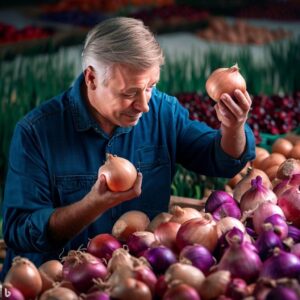
Candy:
A sweet, mild onion with a yellow skin and white flesh.
Red Wing:
A red onion with a spicy flavor and crisp texture.
Texas Super sweet:
A large, sweet onion that is perfect for grilling.
White Lisbon:
A small, white onion that is ideal for pickling.
Understanding heirloom vs hybrid onions
There are two main types of onion varieties: heirloom and hybrid. Heirloom onions are open-pollinated and true to type, meaning that they will produce the same characteristics year after year. Hybrid onions, on the other hand, are a cross between two or more different varieties and may have different characteristics each year.
How To Plant Onion Seeds
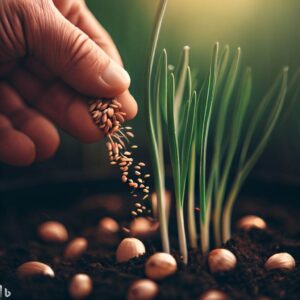
How to plant onion seeds indoors
Onion seeds can be started indoors in late winter or early spring. Fill a seed tray with seed-starting mix and plant the seeds about 1/4 inch deep. Ensure the soil remains damp and at a warm temperature (approximately 70 degrees Fahrenheit) until the seeds start to sprout. Once the seedlings have reached a height of 3-4 inches, transplant them into individual pots or a prepared garden bed.
How to plant onion seeds outdoors
Onion seeds can also be planted directly in the garden. Prepare the soil as described earlier, and plant the seeds about 1/4 inch deep and 1 inch apart. Thin the seedlings to one plant per inch once they reach a height of 3-4 inches.
Caring for Sprouting Onion Plants
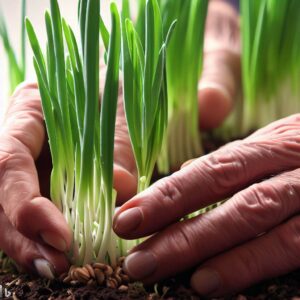
How to water onions
Onions need regular watering, especially during periods of drought. Water deeply once a week, or more often if the soil is dry to the touch. Avoid overhead watering, as this can lead to disease and rot.
How to fertilize onions
Onions need a constant supply of nitrogen for proper growth. Administer a well-balanced fertilizer (like 10-10-10) every 3 to 4 weeks throughout the active growth period. You can also side dress with compost or rotted manure to provide additional nutrients.
How to prune onions
Onions don’t require pruning, but you can remove any flower stalks that emerge to encourage bulb growth. You can also gently push the soil away from the base of the onions to expose more of the bulb to sunlight.
How To Harvest Your Onions
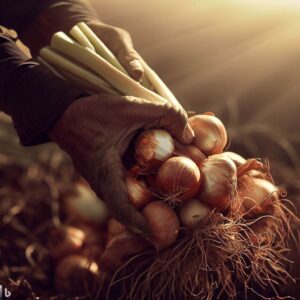
How can you determine the ideal time to harvest your onions?
Onions are ready to harvest when the tops begin to turn yellow and fall off. This usually occurs in late summer or early fall, depending on when they were planted. You can also check the bulbs for firmness, and if they feel hard, they are ready to harvest.
How to lift onions from the soil
When it’s time to harvest onions, use a garden fork or trowel to carefully lift them from the soil, ensuring you don’t harm the bulbs. Allow the onions to dry in the sun for a few days before storing or using them.
How to cure onions
To cure onions, spread them out in a warm, dry place with good ventilation. Leave them for 2-3 weeks, or until the outer skin is dry and papery. Once the onions are cured, you can trim the roots and tops and store them in a cool, dry place.
Storing Your Onions
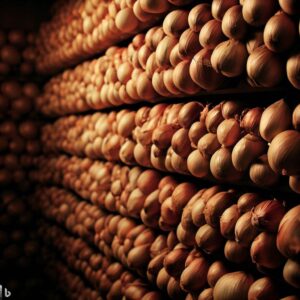
Tips for storing onions
Onions can be stored for several months in a cool, dry place. To prevent spoilage, refrain from storing them close to potatoes, as they can adversely affect each other. You can also store onions in mesh bags or pantyhose to improve ventilation.
How to preserve onions
If you have too many onions to use before they spoil, you can preserve them by freezing or dehydrating them. To freeze onions, chop them into small pieces and store them in an airtight container in the freezer. To dehydrate onions, slice them thinly and dry them in a dehydrator or oven until they are crispy.
Common Onion Problems And Solutions
Common onion pests and diseases
Onions are prone to various pests and diseases, which may include:
Onion maggots
Thrips
Fusarium wilt
Downy mildew
How to prevent and treat problems
To prevent onion problems, practice good garden hygiene by rotating crops and removing debris. You can also use insecticidal soap or neem oil to control pests, and apply a fungicide to prevent fungal diseases.
Frequently Asked Questions
Can you grow onions from onion scraps?
While it is possible to grow onions from scraps, it is not the most reliable method. Onions grown from scraps may produce small bulbs or fail to produce bulbs at all.
When should you harvest onions?
Onions should be harvested when the tops start to turn yellow and fall over, usually in late summer or early fall.
How much water do onions need?
Onions need about 1 inch of water per week, or more during dry spells.
How long onions take to grow?
Onions can take anywhere from 90 to 150 days to mature, depending on the variety and growing conditions.
Conclusion
Planting onions is incredibly rewarding. With the information provided in this article, you’ll have everything you need to achieve success in your garden. Remember, planting onions requires patience, but in return, they’ll provide you with flavorful, home-grown onions for all your culinary needs.

